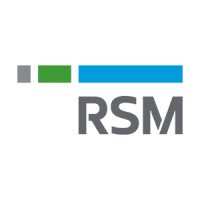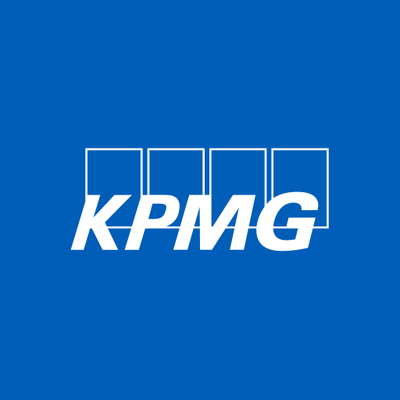“Please apply by sending a resume and a cover letter.”
Before you let the sense of dread float over you when you read that sentence in a job listing, you should remember one thing: Your cover letter is your edge. If you write it well, it will give your employer insight into your personality, something that’s hard to discover after skimming over your resume. Think of this as your chance to have fun and capture the attention of your potential employer. Cover letters should be short, sweet and to the point – they don’t need to be longer than a page.
Here’s our simple formula for writing a cover letter.
Greeting: Get the Employer’s Name
Receiving a letter that reads, “To Whom It May Concern” feels too generic–the last thing you want is a cover letter that looks like it could be sent to everybody and their mother. Acknowledge that there is another human being reading your letter; research your employer or an HR manager (A simple LinkedIn search should do the trick.) to make a good connection right off the bat.
If you can’t find the right person, make sure you address your letter to the specific department. For example, if you’re applying for a job in marketing at Company X, write, “To the Company X Marketing Team.”
First Paragraph: Start With a Story
Toss the overused intro, “My name is _________, and I would love to work for your company.” Employers will already know this the minute your cover letter appears in their inbox. Instead, start with a captivating story that shows off your best career qualities. Think about your past work experience, or your extracurriculars in college. Have you ever been in a situation where people were relying on you to make a decision? Did you discover an innovative way of handling a crisis? Highlight the story in about 3-4 sentences, and then end the paragraph by stating how the qualities you displayed make you the best candidate for the position. (This should only take 1 sentence.)
Second Paragraph: Don’t just praise the company – show that you’ve been following them.
Google News, the company’s Facebook, Twitter or LinkedIn — one of these should point you to a recent and noteworthy accomplishment. (The more recent the accomplishment, the better.) Think about the qualities that enabled the company to achieve a particular milestone — was it ambition, innovation or fearlessness? Mentioning the accomplishment and the qualities necessary to achieve it will not only help you specifically articulate why you’re applying, but will also show that you’re paying close attention to the company’s formula for success.
Third Paragraph: State a follow-up time.
Thank your potential employer for taking the time to read your cover letter, and restate your enthusiasm about the position. Then, determine a follow-up time in the event that you don’t receive a response (we recommend 10 business days). Writing a sentence like, “If I do not hear back from you within 10 business days, I will send a follow-up email.” shows the company that you’re determined to be considered as a candidate. After all, you won’t get the position you want without being persistent.
Once you’ve finished writing your cover letter, make a few edits to ensure that it’s no longer than a page and that there are no typos–we suggest reading it out loud to yourself a few times. After that, all there’s left to do is add your signature and press send!






